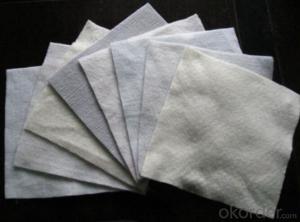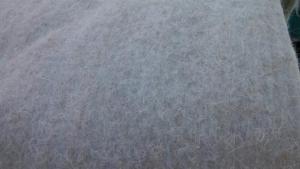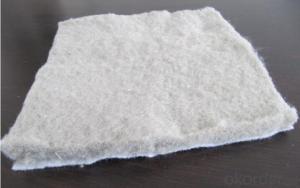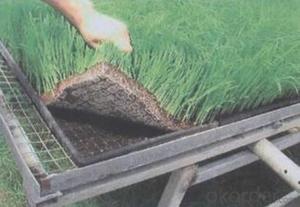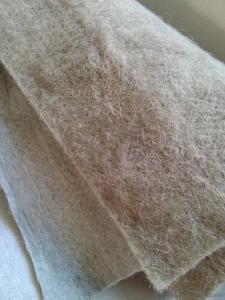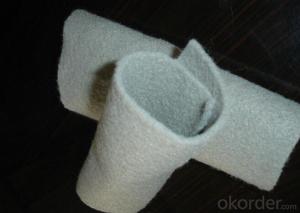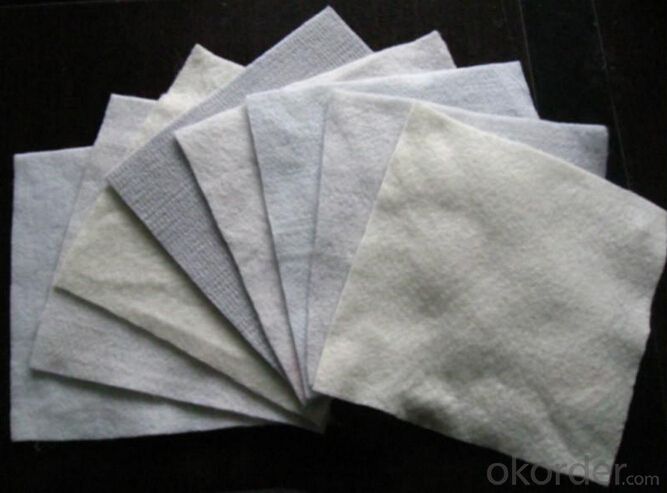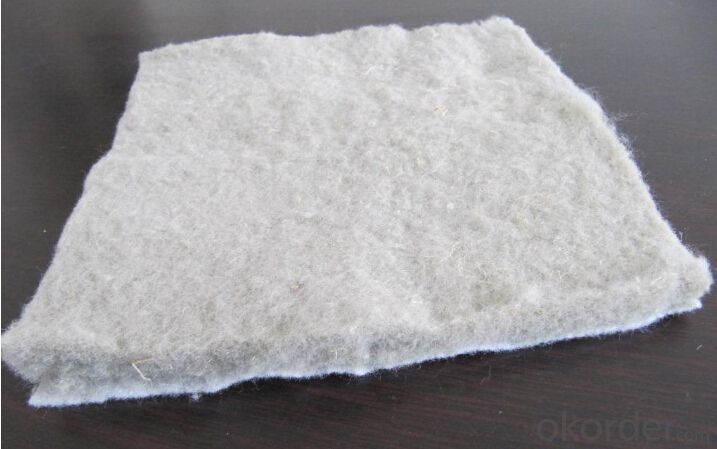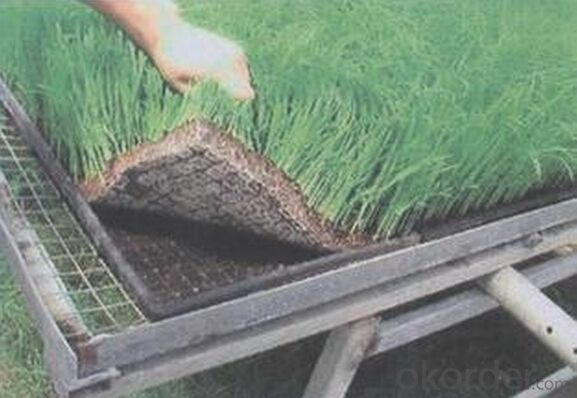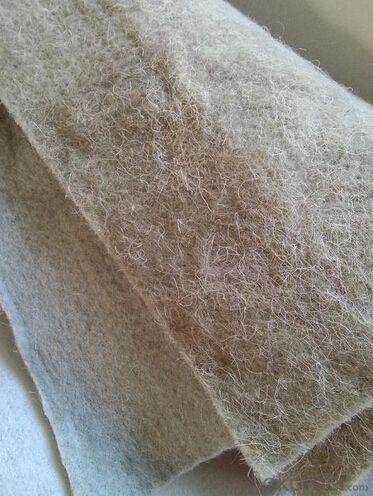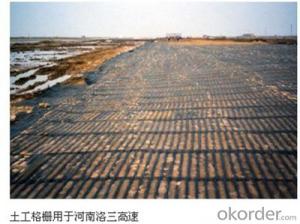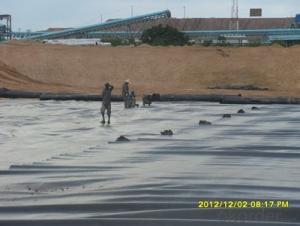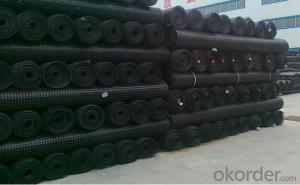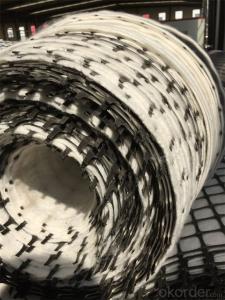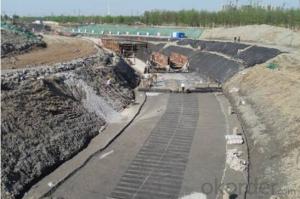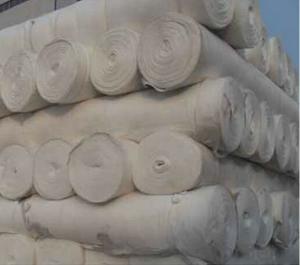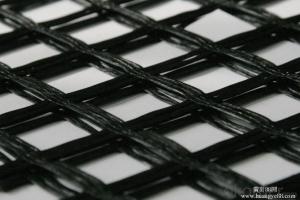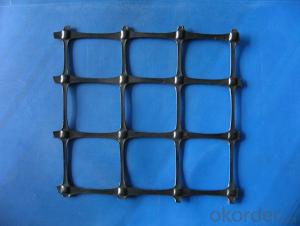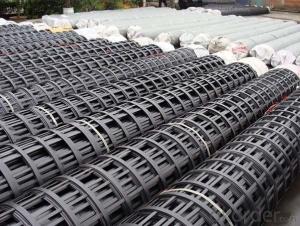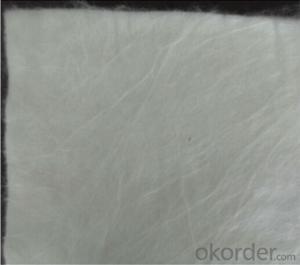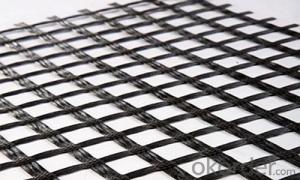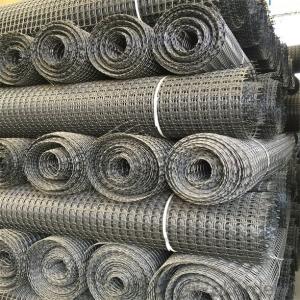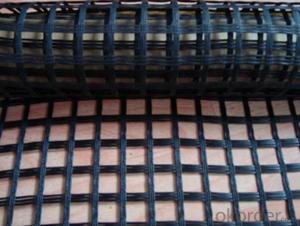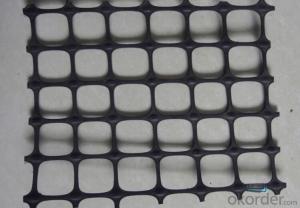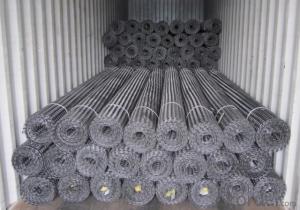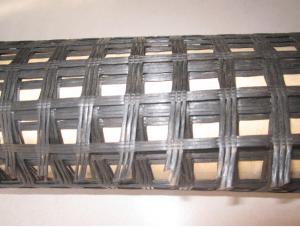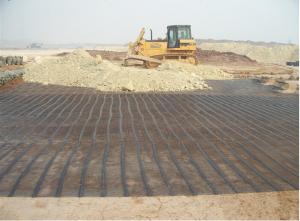Interlock Biaxial Geogrids - Nutrition Geotextile Factory Supply Direct
- Loading Port:
- Qingdao
- Payment Terms:
- TT OR LC
- Min Order Qty:
- 5000 m²
- Supply Capability:
- 2000000 m²/month
OKorder Service Pledge
OKorder Financial Service
You Might Also Like
Nutrition geotextile in water environmental engineering .
Specification:
Polyester filament geotextile is made by polyester textile needle consolidation , product specifications from 80-800g/m2 , it is geosynthetic application in geotechnical and civil engineering , they are arranged in three-dimensional structure of the fiber . In addition to having good mechanical properties, but also has a good aspect to the drainage performance and good elongation properties and high resistance to biological , acid , anti-aging chemical stability . Meanwhile , it also has a wide range of pore size , pore distribution tortuous , excellent permeability and filtration performance .
Product Feature:
1. Simple and fast construction
2. Achieve the greening effect quickly after construction
3. Due to the grass and composite fiber fabrics become into one integration, so it has the ability of certain degree of flow resistance for the water rising before the grass survive.
4. Composite fiber fabric is a continuous structure from slope top to slope toe, both ends are fixed, has high water flow resistance.
Technical Specification
5.0 m length and 1.05 m width. Reverse side all used filter material. Grass seeds: Bermuda grass (warm season grass), Bahia grass (warm season grass), Kentucky bluegrass (cold season grass), Tall fescue grass (cold season grass), Red fescue grass (cold season grass). Plant height: 0.1 ~ 0.5 m.
| NO. | Items | Specification | Notes | |||
| 1 | Total unit area weight g/sq.m | ≥380 | ||||
| 2 | dimension | width m | 1.0~2.0 | |||
| length m | as per user’s request | |||||
| 3 | Composite fiber fabrics | Material | Polyester Fiber | High strength PET | ||
| Unit area weight g/sq.m | ≥160 | |||||
| Mesh dimension mm | 8×8 | |||||
| Extension strengh kn/m | ≥11 | MD & CD | ||||
| 4 | Filtra layer | Material | Polyester non woven geotextile | |||
| Unit area weight g/sq.m | ≥40 | |||||
| 5 | Grass seeds, Fertilizer | Type | According to actual situation choose 3~5 grass seeds | |||
| Plant height m | 0.1~0.3 | |||||
| 6 | Fiber layer | Material | wood pulp cellulose | |||
| Unit areaweight g/sq.m | ≥15 | |||||
| 7 | flow resistance | ≥4 | not allow appear scour, suction and blanket turn-over etc. damage phenomenon | |||
| M/s | ||||||
| 8 | Anti-UV strengh conservation rate % | 65~80 | 3000hrs Continuously exposure 3000hrs | |||
| 9 | Supporting spare parts | ABS fastening nail | Material | ABS Resin | Fixed between two blankets by length direction | |
| Fiber diameter mm | 35 | |||||
| Nail length mm | 325 | |||||
| Lnail | Material | Steel wire (content 10% zinc-aluminium alloy) | Used to fix single blanket | |||
| Fiber diameter mm | 4 | |||||
| Nail length mm | 200 | |||||
| ABS connecting nail | Material | ABS Resin | Used in the slope between the two blankets ( width direction) | |||
| Nail length mm | 38 | |||||
| Connecting fiber | Material | High strength Polypropylene | Used in the slope between the two blankets ( width direction) | |||
| Length mm | Cut as per request | |||||
APPLICATION:
Generally laid on the river channel, slope protection etc. slope revetment projects, to control the water erosion, soil loss, meantime can reach the effect of slope ecological restoration and landscape greening, making river back to natural.
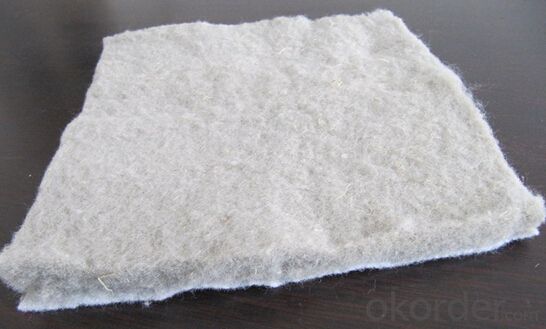
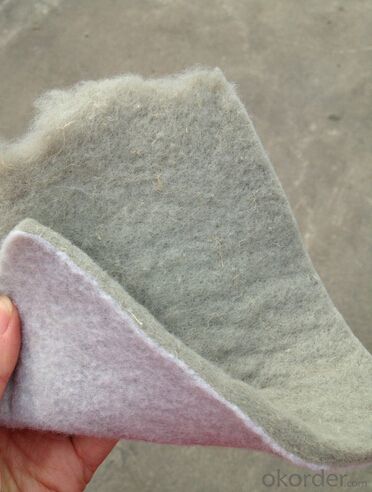
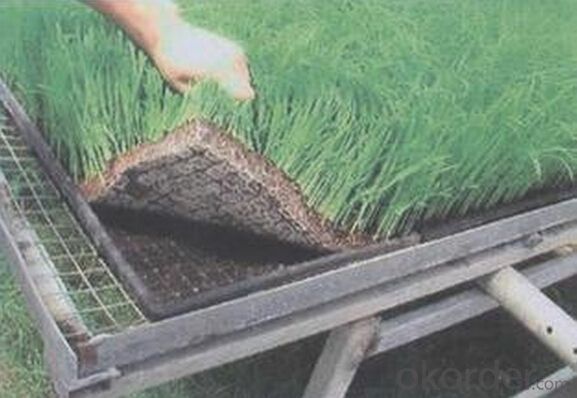
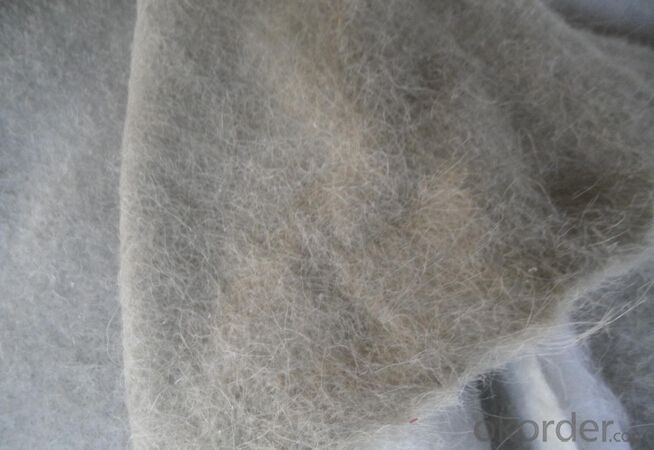
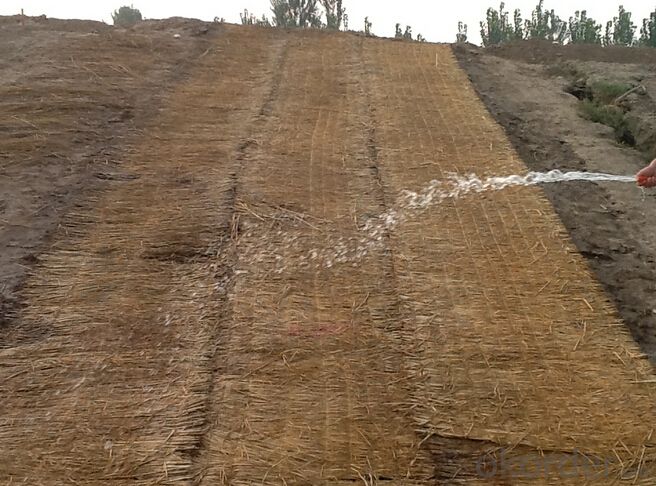
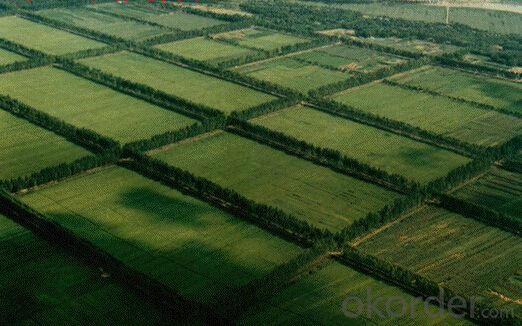
- Q: How do geogrids improve the performance of mechanically stabilized slopes in high rainfall areas?
- Geogrids improve the performance of mechanically stabilized slopes in high rainfall areas by providing reinforcement and enhancing the stability of the soil structure. They act as a barrier against soil erosion and prevent slope failures by distributing the load more evenly. Additionally, geogrids increase the bearing capacity of the soil, reduce settlement, and improve overall slope stability, making them highly effective in managing the increased water flow and potential slope movement in high rainfall areas.
- Q: How do geogrids improve the performance of reinforced soil foundations?
- Geogrids improve the performance of reinforced soil foundations by providing additional strength and stability to the soil. They act as a reinforcement by distributing the load over a wider area, reducing the stress on the soil and preventing settlement or failure. Geogrids also improve the lateral stability of the soil, preventing lateral movement and potential sliding. Overall, they enhance the structural integrity and longevity of the reinforced soil foundation, making it more resistant to various external forces such as heavy loads or natural disasters.
- Q: What are the factors to consider when designing with geogrids for reinforced soil walls?
- When designing with geogrids for reinforced soil walls, there are several important factors to consider. Firstly, the type and strength of the geogrid material is crucial. The geogrid should have sufficient tensile strength and stiffness to effectively reinforce the soil and withstand the loads and stresses imposed on the wall. Secondly, the connection between the geogrid and the soil is critical. Proper anchoring and connection methods must be employed to ensure the geogrid remains securely in place and effectively distributes the loads throughout the reinforced soil structure. Additionally, the design should consider the wall height and slope angle, as these factors impact the stability and performance of the reinforced soil wall. The geogrid spacing and orientation must be determined based on these parameters to achieve the desired stability and load-bearing capacity. Other factors such as soil properties, water drainage, and environmental conditions should also be taken into account to ensure the long-term performance and durability of the reinforced soil wall. Overall, a comprehensive understanding of these factors is essential for successful design and construction with geogrids in reinforced soil walls.
- Q: How do geogrids improve the performance of flexible bridge abutments?
- Geogrids improve the performance of flexible bridge abutments by providing reinforcement and stability to the soil. They distribute the load more evenly, reducing the pressure on the abutments and preventing lateral movement. This results in increased strength and durability of the bridge abutments, ultimately improving their overall performance.
- Q: What are the factors that affect the installation quality of geogrids?
- The factors that affect the installation quality of geogrids include the type and quality of the geogrid material, proper surface preparation, adequate compaction, appropriate tensioning and anchoring, proper overlap and seam construction, and adherence to manufacturer's guidelines and specifications. Additionally, factors such as weather conditions, soil type, and site-specific requirements can also impact the overall installation quality of geogrids.
- Q: What are the design guidelines for geogrid-reinforced structures?
- The design guidelines for geogrid-reinforced structures involve considering factors such as soil properties, design loads, and installation requirements. Some key guidelines include determining the appropriate geogrid material and strength based on the specific site conditions, ensuring proper connection between the geogrid and the surrounding soil or structures, designing for the anticipated loads and settlement, and following recommended installation techniques to ensure the effectiveness of the reinforcement system. Additionally, considering factors such as long-term durability, maintenance requirements, and environmental considerations are also important in designing geogrid-reinforced structures.
- Q: Are geogrids suitable for use in mechanically stabilized earth walls?
- Yes, geogrids are suitable for use in mechanically stabilized earth walls. Geogrids are commonly used in these types of structures as they provide reinforcement and enhance the stability of the earth walls. They help distribute loads and improve the overall strength of the structure, making them a suitable choice for mechanically stabilized earth walls.
- Q: Geotextiles and geogrids to do the re inspection approach?
- If necessary, geotextile and geogrid materials are qualified. But it depends on the situation.
- Q: Can geogrids be used in reinforcement of mechanically stabilized earth bridge abutments?
- Yes, geogrids can be used in the reinforcement of mechanically stabilized earth bridge abutments. Geogrids provide additional tensile strength and stability to the soil, enhancing the overall performance and load-bearing capacity of the bridge abutments. They help to distribute the lateral forces and prevent soil movement, ensuring long-term durability and structural integrity of the bridge abutments.
- Q: Can geogrids be used in subgrade stabilization?
- Yes, geogrids can be used in subgrade stabilization. Geogrids are commonly used in civil engineering projects to reinforce and stabilize weak or poor subgrade soils. They provide additional strength, distribute loads more evenly, and help prevent soil erosion.
Send your message to us
Interlock Biaxial Geogrids - Nutrition Geotextile Factory Supply Direct
- Loading Port:
- Qingdao
- Payment Terms:
- TT OR LC
- Min Order Qty:
- 5000 m²
- Supply Capability:
- 2000000 m²/month
OKorder Service Pledge
OKorder Financial Service
Similar products
Hot products
Hot Searches
Related keywords
